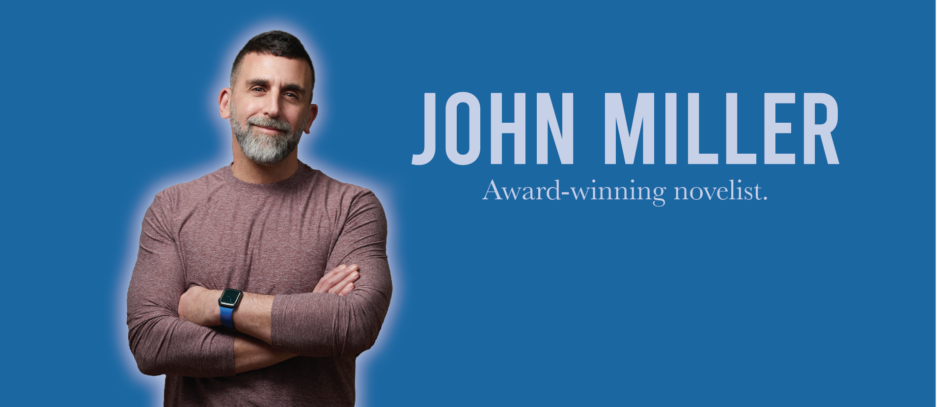 A meeting I attended in December, in Khayelitsha, one of Cape Town’s poorest townships, opened my eyes to the human cost of the social science research that fuels good policy—the cost to the people who collect the data.
A meeting I attended in December, in Khayelitsha, one of Cape Town’s poorest townships, opened my eyes to the human cost of the social science research that fuels good policy—the cost to the people who collect the data.
I spend a lot of time at conferences and meetings hearing about children and families living in the context of HIV and AIDS—about people who cope with the pandemic, sometimes succumb to its ravages, but mostly survive it and live on. I listen to presentations and read studies that report on statistics, studies that try to prove which inputs lead to which outcomes, and which inputs may lead to no outcome at all. These studies help policy wonks and philanthropists make better, more evidence-based decisions in the hopes that they’ll have positive and far-reaching impact.
But we rarely think of how that data is collected. In Khayeltisha, I had been invited by my colleague, Professor Lorraine Sherr of University College London, to hear the early results of a study that she, Dr. Mark Tomlinson and Dr. Sarah Skeen are running. The study is measuring how care and support programs across Malawi and South Africa might be affecting the well-being of children and their caregivers. It’s called the Child Community Care Study, and it’s the first of its kind. It is measuring, on a large enough scale to be statistically significant, whether a program might make a child happier, for instance, or might improve her caregiver’s mental health.
Professor Sherr did something remarkable at this meeting: she invited the data collectors to tell us about their work. Five of these women spoke to us in a small community centre surrounded by tin shacks. These are working class Black South African women, and doing surveys for research scientists is their career. They do not have a university education. They come from areas similar to the study sites. For one of the women, it was the first time she’d flown on an airplane.
For months on end, they travel to villages, identify and enroll adult-child pairs into the study, and interview them. They can’t pay the families for their participation, but they bring food packages as thanks, sometimes cleaning out the local food stores.
The logistical challenge to organizing site visits was eye opening, but not nearly so much as the emotional challenges. These women ask questions and listen to the stories of adults and children in the most desperate circumstances: parents living with HIV who are raising children in poverty. The parents talk about not having enough food for their families, or about worrying they won’t be alive to see their children grow up, or about crippling depression. They talk about hope and resilience. And they cry.
When they finish the interview with the parent or caregiver, the data collector invites the child in and the adult to leave. The kids are five years and older, and are asked a different set of questions, or course. They draw pictures of themselves and their families. Their height and weight are measured. The children talk. They make heartbreaking disclosures. And they cry.
Their interview subjects, both adults and kids, cry often and there is little the women can do, as data collectors must not confuse their role with the families’ service providers. It must be noted that the study has gone through several layers of ethical review and nevertheless, the stories trouble those who hear them. In some cases, children feel safe enough to make horrific disclosures for the first time. Children as young as seven have told them about being raped.
The women hand out tissues—a lot of them. They offer comforting words, perhaps a hand on the knee, but they cannot hug as this might violate a boundary. If the adult or child discloses something serious enough, such as abuse or violence or suicidal thoughts, they link them to other services and ensure they are getting help. Then they leave, and go on to the next house and the next interview. And the next village and the next set of families. And the next and the next.
They have conducted nearly two thousand interviews, and they will have to go back in a year’s time to do follow up. It’s hard to fathom how they go on. The vicarious and cumulative trauma has taken a toll. They must debrief as a group, and often. They cry too, together as a team, and probably alone at night. One of them, for whom the multitude of stories became too debilitating, had to leave her job.
But, to hear these women talk about their work, the effects are positive. They feel enriched. Hearing children talk about the impact of a parent’s harsh words or physical punishment has made them question and change their own parenting behaviour. They feel they know their region better, and that they are better human beings for it.
These women are a link to the trauma—and the hope—left in the wake of a terrible pandemic. They internalize that trauma and that hope, and it transforms them. Their honest testimony reminded me that there are faces and hearts behind the numbers—the people who are studied, and the people who study them. I am in awe of their work.
